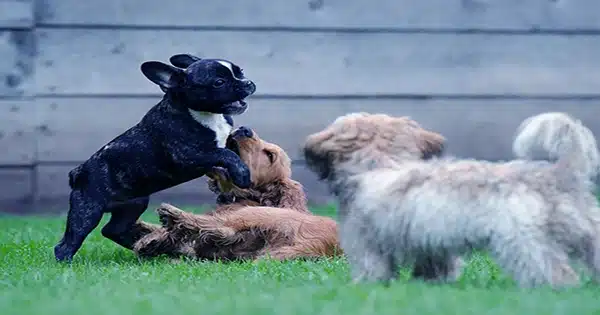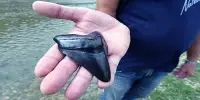Dogs, dogs, dogs. Those adorable floof packages, ungainly obedience robots, deliciously dim manufacturers of overwhelming cuteness and undying fidelity. Dogs like their humans and may even fantasize about us while sleeping. As a result, billions of people love them back.
That is, of course, one of the reasons it is so difficult to leave them alone. Whether you’re going out for the day or just to the bathroom, your dog will most likely stare at you as if you’re leaving for good. Their eyes will enlarge, they will begin to whimper, and they will appear to believe that this is it – they will be alone forever.
Their heartbreak is only broken when you triumph over what they perceive to be an excessively long voyage into the unknown. Why, we pondered at IFLScience, don’t they realize you’re coming back? Is there anything you can do to persuade them otherwise?

To try to find an explanation, we contacted the UK’s Battersea Dogs & Cats Home, an organization that works to rescue and rehome cats and dogs across the country. Their Canine Behaviorist and Welfare Team (CBWT) handled the situation expertly, but be warned: after reading this, you’ll never leave your pet puppy alone again.
Consider the following scenario. You’ve said your goodbyes, walked out the door, and you’re gone. The doggo realizes the gravity of the situation and begins to endure significant stress.
“The first 30 minutes after being left alone is usually the most stressful time for the majority of dogs,” they observe. “However, for some people, this elevated level of stress can last the entire time they are left.”
The most common indicators of painful isolation are “protest vocalizations” and “destructive behavior,” but some signals are more subtle. Pacing and excessive salivation are other symptoms of acute stress. They most likely urinate on the floor to relieve stress.
Dogs, it appears, never get used to your absence. After a while, they understand specific indications from you – heading towards the front door, looking for your keys, shutting the toilet, and so on – that alert them to the fact that you’re about to disappear, and panic sets in sooner rather than later.
“Because dogs are social animals, it’s difficult to know what they’re thinking when they’re left alone,” the CBWT continues. We can’t ask them because they aren’t terrific conversationalists. It’s unclear whether they believe we’ve abandoned them permanently, or if they’re simply really needy creatures. Some may not be afraid, but rather bored if you do not provide them with entertainment.
Some dogs, like their humans, are simply better at dealing with stress than others. If dogs are left alone for an extended period of time without any coping methods, they can develop separation anxiety and depression.
The CBWT does imply, however, that some canine personalities or breeds are better able to cope with stress when they have another dog to share the difficult experience with – however this is very dependent on the dogs’ unique characteristics.
Would an emotionally inflexible dog be able to help a much more worried dog weather the storm of an owner’s disappearance? Perhaps, but it depends on how the later dog reacts to the former’s tranquility.
According to the Battersea team, “in some cases, one dog could learn from another about being anxious in that situation,” therefore pairing dogs can occasionally make matters worse. Unfortunately, it’s really tough to tell.
It’s almost clear that their experiences of being left alone when they were young have had a significant impact on how they deal with loneliness as adults.
“All individuals are able to learn during the critical socialization period as a puppy, around 3-14 weeks old, that being left alone is okay,” the CBWT notes.
“This is possible by gradually and positively increasing the amount of time they are left alone, so that it gets longer and longer each time.” Don’t plunge them into the deep end when they’re young.
It’s more difficult to control the habits of older dogs, but a similar “gradual process of desensitization” may be helpful in the long term. Again, results may differ.
So, what can you do to assist things? According to Woodgreen, another animal rehoming charity, you may “prepare a home alone box,” a container containing soft toys, “a rawhide chew or pig’s ear, a few dog biscuits wrapped individually in sheets of newspaper, empty toilet rolls,” and other items.
Place it in front of them as you prepare to leave the house, and let them search through it. Then, confidently, leave the house without making a fuss.
“The first time you do this, only leave them for a short amount of time, less than twenty minutes,” according to their website. “When you return to the house, pick up the box and the bits he’s taken out of it and set them to the side.”
The goal is for your pet to recognize that these specific goodies will only be available when you leave the house. As their confidence improves, you can spend more time away, and they should be less pleased with their box of distractions. Closing the blinds to prevent them from getting distracted by your departure may also help.
To summarize: If you have a dog, the greatest time to train it to accept brief periods of isolation is while it is a puppy. Just try not to see them shivering in fright or getting imbued with grief and doubt as you close the front door on them for the first time. It’s probably wise to anticipate the cacophonous welcome you’ll receive when you return home.














